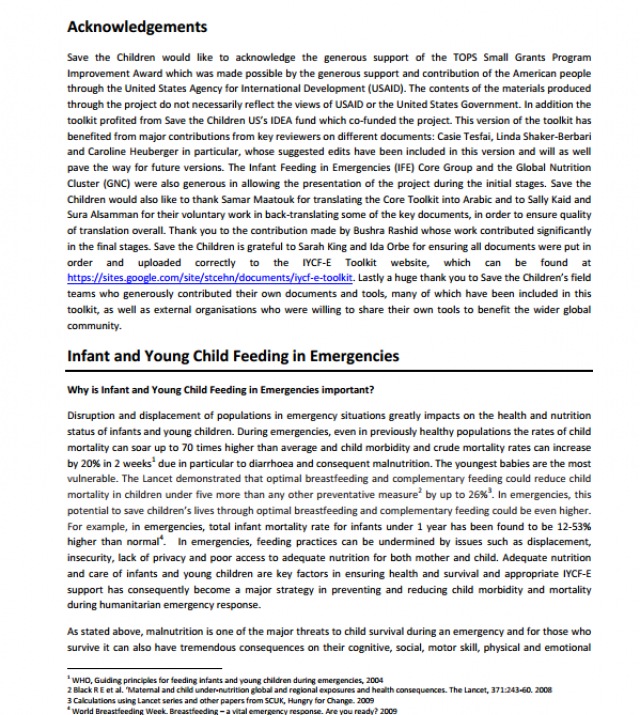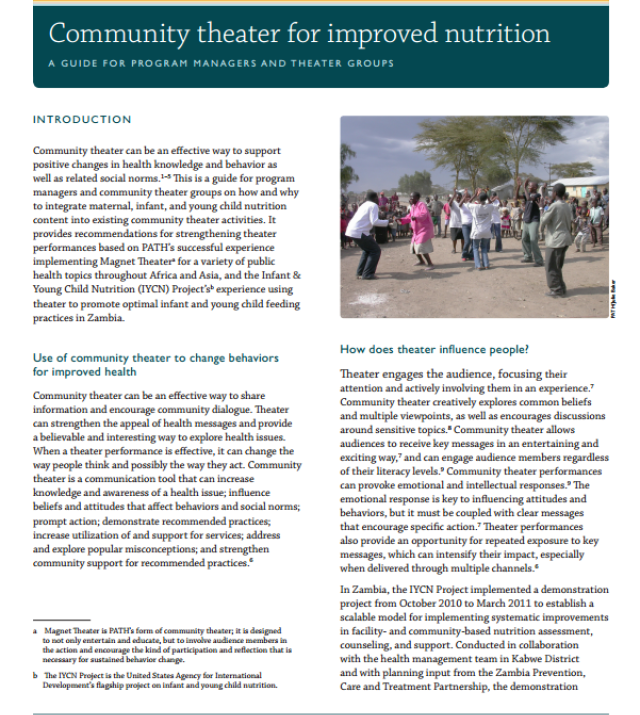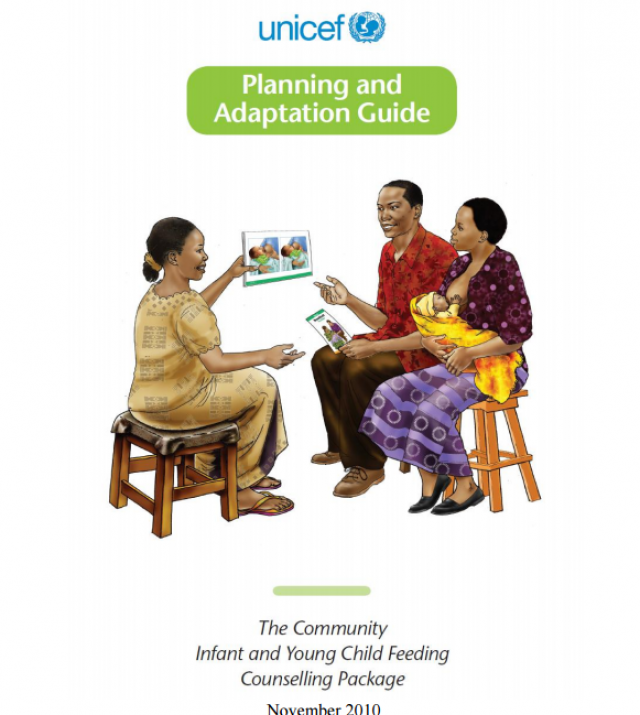
Reaching Communities for Child Health: Advancing Health Outcomes through Multi-Sectoral Approaches

More than ten million children under five years of age die every single year. Two-thirds of these deaths could be prevented if effective child health interventions reached all children, mothers, and caregivers. Many children, especially those in the poorest families, are simply not being reached. Multi-sectoral approaches are essential for reaching those hardest to reach, addressing the underlying causes of poor health and implementing effective and sustainable child health interventions.
The purpose of this paper is to explore how multi-sectoral approaches are used within community-based child health and development programs and the evidence-base to support that use. It seeks to answer three questions: 1) how do NGOs define a multi-sectoral platform; 2) how do NGOs implement a multi-sectoral platform to achieve better or more sustainable health outcomes; and 3) how can child health programmers work effectively with other sectors to support community-based improvements in child health. This paper represents the results of a literature review, key informant interviews, abstract selection process to identify case studies, and a workshop designed to explore the different issues and approaches. Section one covers the purpose and methodology.
The importance of a multi-sectoral platform is based on the principle that there is an intricate mix of influences and resources within a community that affect health outcomes. To positively affect these health outcomes, partnerships need to be built between the health sector and non-health sectors to program interventions that are more effective, efficient, equitable or sustainable than either sector acting alone and that provide positive benefits for all sectors involved. Section two further explicates this definition.

